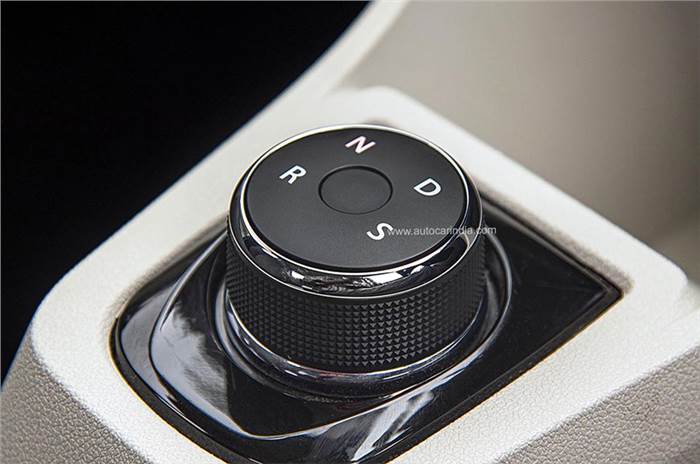2021 Tata Tigor EV facelift review, road test
Does this all-electric sedan have what it takes to replicate the Tata Nexon EV’s success?
Published on Oct 17, 2021 09:00:00 AM
39,600 Views
Follow us on
The Tigor EV comes with two drive modes – the default setting being ‘Eco’ and the other being ‘Sport’. Drivers will only be able to extract its max power and torque of 75hp and 170Nm in Sport mode, while in the default setting, the car is restricted to about 75 percent of its max potential. Factor in this EV’s 200kg heavier weight, however, and that translates into an unhurried real-world performance. Unlike most EVs that serve an electrifying performance right from the get-go, the Tigor EV adopts a leisurely approach. And while it’ll easily manage the daily urban grind, it occasionally struggles to keep up with faster moving traffic. Sport mode improves drivability to a great extent, with crisper responses, and cuts in its acceleration times by almost half, but it comes at the cost of higher power consumption, thus taking a toll on its range. What’s more is that the Tigor EV sprints to 60kph in Sport mode rather rapidly, beyond that, however, acceleration is slow and almost every petrol-automatic compact sedan will out-drag this EV to 100kph. What no petrol sedan can match though is its smoothness and refinement, which is what sets this EV apart.

The intensity of regenerative braking cannot be adjusted and it begins to decelerate as soon as you lift off the accelerator pedal. While you will get used to this at low and city speeds, on the highway, this reduction of speed doesn’t feel as natural or as gradual as other EVs, and owners will always need to be on-throttle while cruising or hypermiling (driving in the most efficient way possible).

The Tigor EV’s suspension comprises of most of its petrol version’s components, but on account of added weight, it gets stiffer springs and reworked damper tuning. Get past that initial bit of firmness and this EV soaks up bumps well and maintains its composure at all speeds. Passengers at the rear, however, will feel road shocks more than those at the front, due to its firm rear set-up. Its light steering is easy to twirl at low and parking speeds, and it weighs up consistently as you go faster. Combine that with a pointy front-end and a stiff suspension set-up, and the Tigor EV tackles corners in a benign but confident manner. The brake pedal feels a bit artificial and, with a heavier load to anchor, in a panic braking scenario, going from 80-0kph takes 32.16m, which is nearly 4m more than the petrol Tigor.
Copyright (c) Autocar India. All rights reserved.





Comments
Member Login
Personal Details
No comments yet. Be the first to comment.